Keeping up with ongoing trends in the smartphone industry is not an easy job. And, one has to agree that Chinese vendors such as Gionee, Vivo, and Oppo have been doing an excellent job in achieving that. The word ‘Selfie’ can be heard at least, once in your entire day, either it is your workplace or at your home or on the internet.
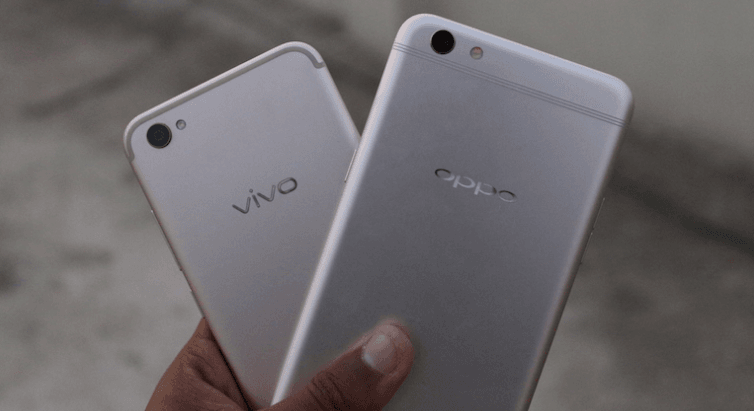
In fact, the internet is filled up with selfies, and so is our human life. And brands such as Oppo, Vivo, and Gionee are making it even difficult to get out of the selfie world by integrating industry’s best selfie cameras on their phones.
Oppo has been the pioneer in the selfie department for a long time, and Vivo is slowly catching up. It even surpassed the Oppo once recently by launching the industry’s first dual front-facing camera smartphone. Oppo followed suit immediately by launching its own dual selfie camera smartphone.
Yes, we’re speaking about the Selfie Expert Oppo F3 Plus and Perfect Selfie Vivo V5 Plus. Both the phones features similar specifications and come with the same USP: a dual front-facing camera. I have been using both the phones from the past few days and here’s my opinion on which one of them deserves the most.
Design
The Vivo V5 Plus and Oppo F3 Plus both feature metal bodies, and they look exactly similar to each other as well. If it weren’t for the F3 Plus’s bigger screen size, I was pretty much confused by two of them when seen from the front. Such are their similarities. And, they both look like an Apple iPhone clone.

Both the devices look different from the rear side, though. The Vivo V5 Plus is a replica of the Rose Gold colour variant of the Apple iPhone 7 with the antenna bands floating around the edges of the device. In fact, the camera bump is also present on the V5 Plus.
The F3 Plus follows an entirely different design language for the rear, which Oppo refers to as ‘Industrial design.’ The rear has three small antenna band lines at both the top and bottom which can be seen in the images.
That said, there’s nothing fancy about the design on both the phones. If you want a phone that looks like an iPhone but carries a cheaper price tag, get any of the devices. I suggest you people get the V5 Plus as it’s a cheaper iPhone 7.
Display
As mentioned earlier, the Oppo F3 Plus comes with a bigger screen at 6-inch, while the V5 Plus has a smaller 5.5-inch display carrying a pixel density of 401 PPI. Due to the increase in screen size, the pixel density of the F3 Plus has been reduced to 367 PPI. Both these displays are protected by Corning Gorilla Glass 5 technology.
Coming to the real world usage, displays on both these handsets offer decent viewing angles and vivid, punchy colours. However, the sunlight legibility on both the phones doesn’t inspire confidence.
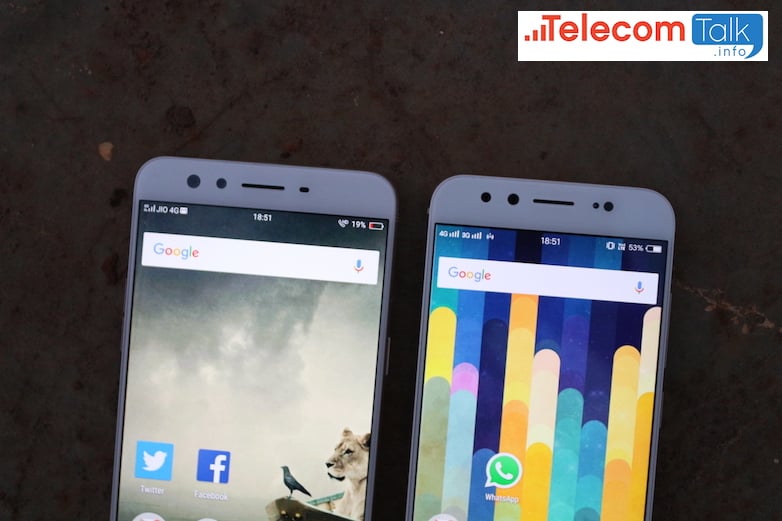
Another terrible issue with the displays is the Gorilla Glass 5. Both the phones come with screen protector out-of-the-box, and after peeling off the default protector, the screens attract more fingerprints. I have experienced the same issue with both the phones. This, in turn, affects the viewing angles, especially under bright sunlight.
That said, it all boils to your decision as both the phones offer decent display. If you want a phone with bigger display, get the Oppo F3 Plus without any second thoughts.
Hardware
Things get rather interesting in the hardware department. The F3 Plus is powered by the Qualcomm Snapdragon 653 chipset with four Cortex A72 cores clocked at 1.95GHz and other four Cortex A53 cores clocked at 1.44GHz. On the flip side, the V5 Plus comes with the battery efficient Snapdragon 625 SoC with all the eight Cortex A53 cores clocked at 2.0GHz.
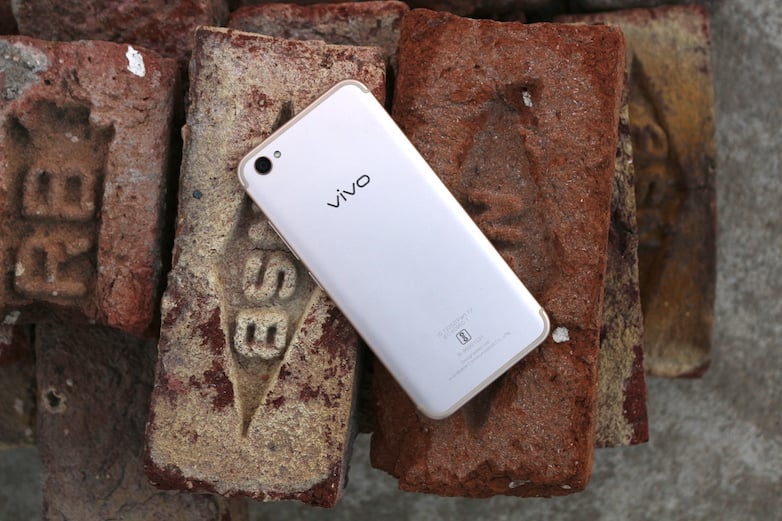
Both the phones feature 4GB of RAM and 64GB of internal storage. The F3 Plus has an advantage over the latter in terms of storage as it comes with a microSD card slot for storage expansion up to 256GB, while the V5 Plus lacks it.
The real life performance including opening apps, playing casual games such as Beach Buggy Racing, Stick Cricket 2, etc. of both the phones is almost same. That said, the V5 Plus is slow in opening apps at times, which has been a major let down of all the Snapdragon 625 powered devices.
In terms of RAM management, the V5 Plus showed signs of lag while multitasking when over 10 apps were running in the background.

Both feature 4G VoLTE, and the call quality was decent as well. Also, both the devices are in-line with each other in the performance department. The V5 Plus had slow application load time, while the F3 Plus remained fluid without quirks all along.
Camera
The USP of both the phones is the dual front-facing camera. While the V5 Plus has an additional sensor to capture depth in the selfies, the F3 Plus allows you to capture group selfies. Their functionality is different, but their conventional sensor’s performance should be taken into account.

The V5 Plus comes with a 20MP primary sensor at the front, paired with an 8MP sensor to capture images with bokeh-like effect. The F3 Plus uses a 16MP standard sensor along with an 8MP sensor for group selfies.
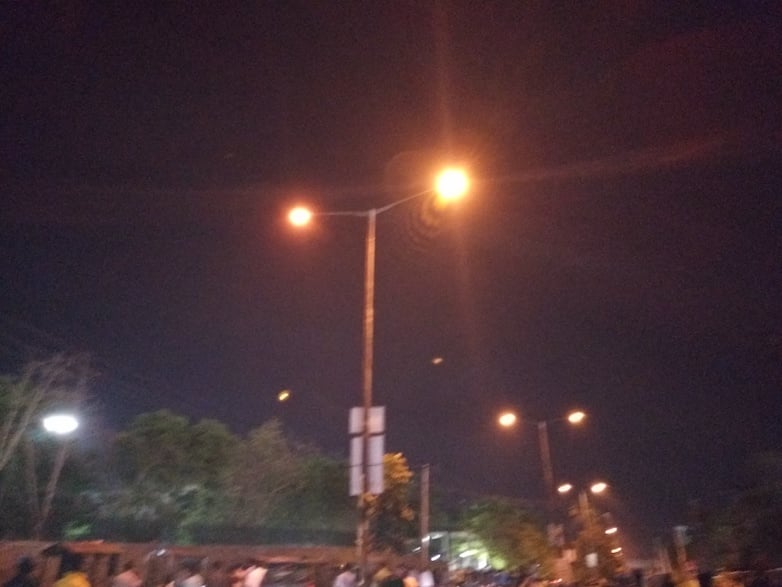
I liked the Oppo’s implementation here as it makes life easier in many situations with the wide-angle sensor that captures 120-degree shots. Vivo’s implementation isn’t bad either, but most of the time, I forgot to enable the dual camera mode on V5 Plus because it isn’t as necessary as the Oppo’s.
The standard 20MP sensor on the V5 Plus captures images with excellent details. But, the images captured on F3 Plus offer even better details than the V5 Plus.

Both the phones feature 16MP rear cameras, but the aperture size is different. The V5 Plus comes with f/2.0 aperture, whereas the F3 Plus has a f/1.7 aperture, which means it can capture more light. And the images captured on the Oppo F3 Plus were better, especially, the ones captured in low-lighting conditions. The V5 Plus also captures decent images with the rear camera, but it is overshadowed by the F3 Plus’s performance.
Battery life
The Vivo V5 Plus comes with a non-removable 3160mAh battery, and the F3 Plus has a beefy 4000mAh battery. The V5 Plus may have a smaller battery, but the Snapdragon 625 makes up for it. Battery life of both the phones is almost similar. The F3 Plus offered me a screen-on time of five and half hours, while the V5 Plus constantly offered five hours of screen-on time, which isn’t bad, though.
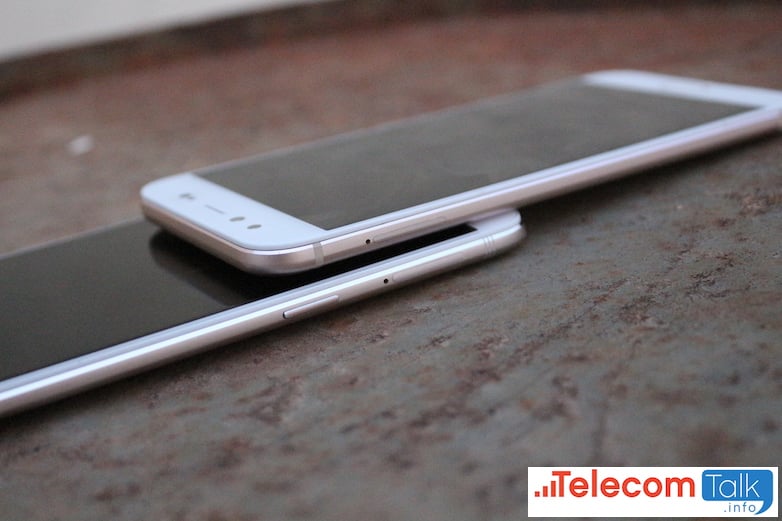
Conclusion
The Oppo F3 Plus and Vivo V5 Plus boast similar hardware on paper. However, in real life usage, the F3 Plus wins the race with a slightly better camera and overall performance. That said, the 6-inch footprint could be a deal breaker for many. The V5 Plus is not a bad device by any means, but it falls behind the F3 Plus in a few departments.
Pricing wise, the Oppo F3 Plus costs Rs. 30,990 in India, whereas the V5 Plus is priced at Rs. 27,990 (Rs. 25,990 for the IPL Edition). All said, there’s the OnePlus 3T with high-end hardware, 16MP selfie camera, decent design, at a similar price but just scores less in the battery department.
So, if you need a big screen and take a lot of landscape selfies, the Oppo F3 Plus serves you the best. If you like small screen devices and want an iPhone-esque design, the Vivo V5 Plus should be your ultimate option. If you care less for the selfies and are looking for a performance beast, get the OnePlus 3T at Rs. 29,999.















